I'm using rdtsc instruction and i know that it stores the high quadword into RDX and the low quadword into RAX (RDX:RAX) but i want to do arithmetic with this (substraction of two timestamps) So i need to move RDX:RAX into a 128 bits register (xmm0)
movq instruction is working but only for low quadword (movq xmm0,rax):

Is it possible to move RDX into the highest 64 bits part of xmm0 (the second part of v2_int64) ?